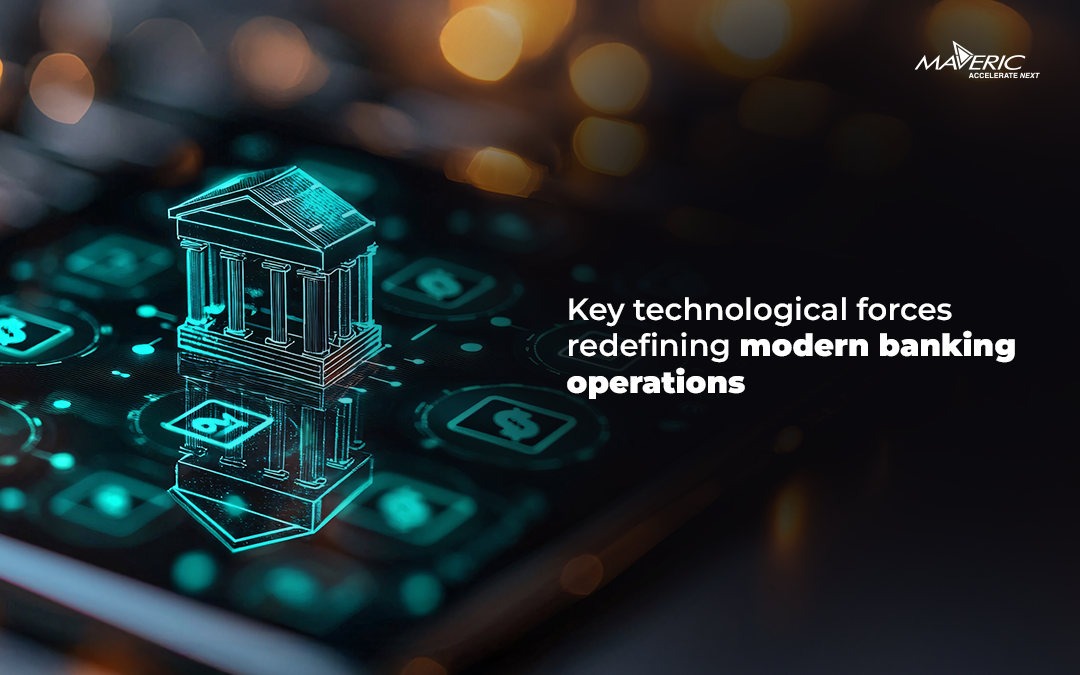Here is a story of a bank from the recent past that foretells the industry’s immediate future, especially about digital operations in banking.
In June 2017, a mobile-only bank came into existence in South Korea. In its first 24 hours, 300,000 subscribers signed up. Within two weeks, it had surpassed 2 Mn customers. At that point, the bank had clocked $930 Mn in savings and lent out $710 Mn. In 2 weeks, Kakaobank was in business!
As of today, in a country of 50 Mn people, with economically active population of 25 Mn, Kakaobank has 10 Mn + customers.
Be it any industry, it is obvious that orbit-shifting innovation precedes meteoric growth. But what is not obvious, are the fundamental questions that start it all. In the case of Kakaobank, these questions were: “What is the purpose of a banking business?”, Why sell loans, and the other products? Are we in this business for the money?”
Digital operations in banking are both about clarity and differentiation.
Today when every other tech. company, social media, or an e-commerce company aspires to become a bank or a variant, a key question pops: is the sector more important or is the customer? The answer comes from the art of thinking clearly, and thinking for the long-term
Kakaobank’s vision emerged bit by bit. They didn’t want to beat their rivals’ rates. They wanted to transform banking by making it totally customer centric. Unlike traditional banks where 60% of outgoings are spent on branch operations and back offices, Kakaobank passed the cost differential to customers from day one. How? Through tech. assessment, risk control, customer experience design, the digital native offered on-demand services through mobile (not even online).
Current outlook.
The 2021 Global Banking Annual Review talks about how legacy financial entities will have to battle declining profits by 20% – 60% before 2025, if they fail to go digital. In fact, a HBR article in 2014 spoke of how 85% of US retail transactions had gone digital.
As if new market players, new regulations, and new technologies that disrupt customer’s expectations and perceptions weren’t enough; the recent virus crises, has brought in more complexities. Not only did digital banking accelerate, but also the use of cash fell, and sustainability and circular economies grew in mass opinion. All these factors have a direct impact on how banks make and spend money, and how their brand is perceived.
Not a question of ‘if’, but ‘when’, as legacy banks embrace varying degrees of digital operations, let’s understand the pros and cons that come with it.
Digital Operations Solutions in Banking – Advantages.
Boost revenues, lower costs.
Basis McKinsey’s executive AI playbook for Banking value, the potential annual value for AI and analytics (both traditional and advanced) is $1 Tn. Digital operations increases personalization exponentially, generates efficiencies via higher automation, reduced error rates, and better resource utilization.
Enhancing customer experiences through uncovering new opportunities
Be it front office (biometrics, natural language processing for doc. scanning, humanoid robots in branches, and conversational bots) or back office (machine learning to detect fraud and cybersecurity attacks, real-time transaction analysis for risk monitoring) leading financial institutions are embedding more and more robotic process automation, virtual interfaces, and machine learning techniques, into their processes.
Beyond retail, digital operations benefits small- or medium-enterprise customers
Today’s mid-size enterprise customers directly benefit from a bank’s digital operations. Here is how: from receiving customized lending solutions, to micro-expression analysis that reviews loan applications, to seamless inventory and receivables management, to being provided with a SME platform to source buyers and suppliers, and getting support in off-banking hours (by AI-powered virtual advisors)
Digital Operations Solutions in Banking – Challenges.
Digital transformation for legacy finance entities is not very different from flying an aircraft and repair it in mid-air at the same time. Consider their predicament: On one hand they are asked to operate with the nimbleness and speed that comes to Fintechs naturally, and on the other, they cannot sacrifice the rigorous demands of scale, security, and regulators.
In fact, across industries, graduating to become ‘AI-first’ or ‘totally digital operations’, calls for a strategic mind shift and putting in place foundational building blocks.
For banks though, the absence (or inadequately functioning) digital operations reveals immediate challenges.
Lack of scale leads to sub-optimal efficiencies
Core systems if not modernized are simply not powerful to operate upwards of 150+ transactions/second. Along with the significant time, effort, and team sizes needed, it takes a long time to provision development and testing environments.
Poor accuracy with lower customer satisfaction scores
High error rates, poor refresh rates, data being silo-trapped and difficult to retrieve, and process are all challenges that mean there is no single source of truth. Moreover, the system is ill-positioned to integrate with external sources, leading to timely (and costly) workarounds.
Longer time to market
Limited software and code reusability across internal teams, and the difficulty in collaborating with external partners, results in poor user experience. When data and services are hard to stitch across functional siloes, legacy players find it difficult to combat market complexity. The result of limited coordination and cross-team testing is longer time to market (cost leakages).
To overcome challenges that prevent digital operations from going organization-wide, banks must, one, invest in transformational capability stack and two, aligning that stack for value creation.
Learnings from Kakaobank.
As the Kakaobank example instructs, the four indicators of successful digital banking operations are, profitability, personalization at scale, omnichannel experience, and speed that comes from innovation.











